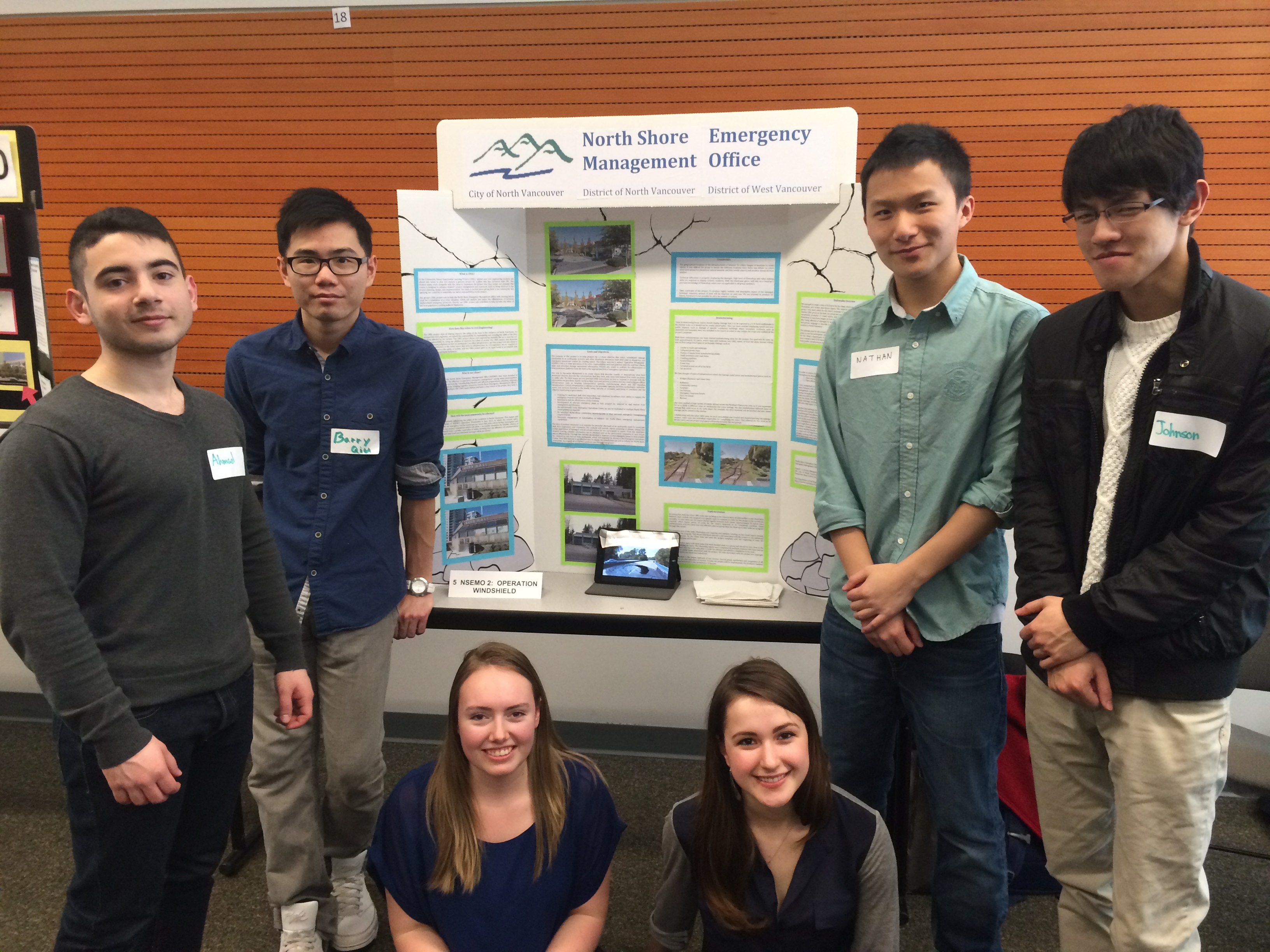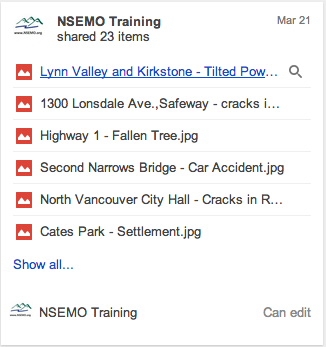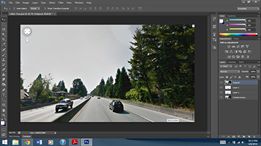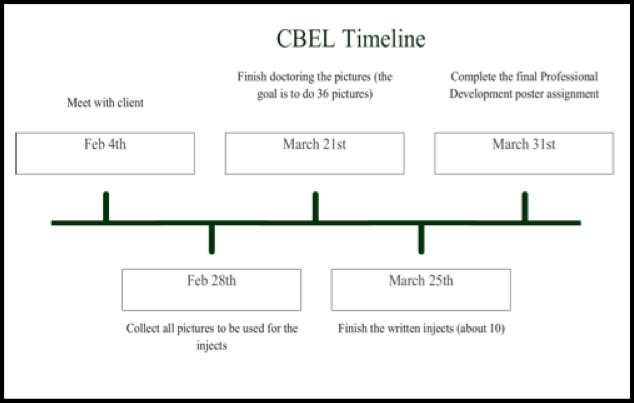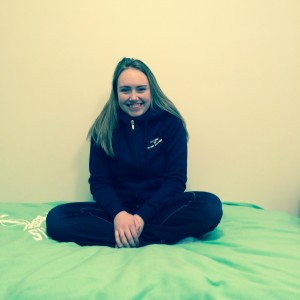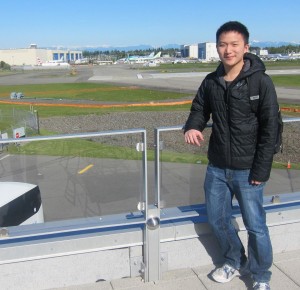
Describe the organization, its background, its purpose, its vision statement and goals.
The North Shore Emergency Management Office (NSEMO) is an organization since 1978 in the public sector aimed at preserving and maintaining the safety of human lives. Their mission statement is:
“To serve and support the North Shore municipalities and citizens in preparing for, responding to, and recovering from emergencies and disaster.”
The organization’s core values are: Integrity, Innovation, Responsibility and Respect.
The “Emergency Operations Centre” is designed for emergency response and preparation which is readily available for use for North Shore municipalities. One of NSEMO’s main goals are to exercise and provide training for municipal staff, first responders and volunteers to enhance their ability to respond appropriately to activities in the North Shore. Another goal is to raise the awareness and readiness of the North Shore community for disastrous events and to communicate the roles of different people in the community during an event.
The organization provides emergency plans and a means for communicating to different municipalities on their roles and how to respond to a disaster such as the fire department by utilizing a multi-jurisdictional “command system” strategy room, where representatives from each jurisdiction and municipal gather to be informed of their roles and responsibilities, make critical decisions and relay information during a disastrous event. NSEMO also predicts potential damage due to a disaster, such as the amount of fatalities, and locations that will become most affected by such a disaster, and how that affects the situation such as the consequences of a certain structure being damaged or rendered unusable by a hazardous event.
Describe the project scope, as well as its goals and the negotiable and non-negotiable constraints.
For the CBEL project our group is required to prepare for the “windshield” damage assessment event organized by NSEMO. Our project will produce various injects that describe the damages on a number of critical infrastructures in the North Shore areas. The descriptions we produce will be in different forms including writing, images, videos that accurately display damage equivalent to a V-VI level earthquake without any major incidents. The project deliverables must be realistic, descriptive and accurate in the level of damage. The project will not produce any injects with catastrophic damages including injuries or deaths of people.
The constraints of the project are the following:
- The geographical locations of the infrastructures of interest. The buildings to be assessed are spread through a very large area relatively far from UBC. This would increase the time consumed for someone to travel to and in between the infrastructures.
- Technical difficulties in properly displaying the damages. High level of Photoshop and video making skills are required to display realistic incidents.
- Time constraint of the project. To produce highly realistic and descriptive injects of the damaged buildings, extensive amount of time will be required on each one. We are planning to produce 50 injects which is not possible for all to be realistic picture or videos.
All of the above constraints are non-negotiable. They could be solved by:
- Researching the area to plan an efficient route and use web-based images for some of the locations instead of physically going there.
- Provide written descriptions when the damage of a building cannot be fully displayed only by editing the picture.
- Produce about 50% of the injects in edited picture/videos and the rest in other time-efficient forms.
Our client has been very flexible and open to any ideas; therefore we do not have an non-negotiable constraints yet.
Describe the strategies you may use to achieve the project goals.
NSEMO’s project goals:
- Training for municipal staff, first responders, and volunteers to enhance their ability to support the emergency response activities on the North Shore.
- Exercises to test the effectiveness of this training.
- Development of relevant emergency plans to help prepare for, respond to, and recover from emergencies and disasters.
- An operationally ready Emergency Operations Centre for use by individual or multiple North Shore municipalities as required.
- An informed North Shore community, knowledgeable of their personal emergency management responsibilities.
- Successful engagement of stakeholders to enhance the North Shore emergency management capabilities.
The duty of student volunteers is to simulate an aftermath of an earthquake event for municipal staff, first responders, and volunteers. The students will provide injects consisting of photos, videos, and verbal description of damaged critical infrastructures for the participants to assess. From this simulated disaster training, valuable information can be obtained such as the participants’ responses and its effectiveness. This way, NSEMO can develop emergency plans to help prepare for, respond to, and recover from earthquake, which will hopefully be shared to Emergency Operations Centre. Thus this exercise is an effective way to engage the stakeholders as well as informing the North Shore community. In result, all of NSEMO’s goals are met through this project.

